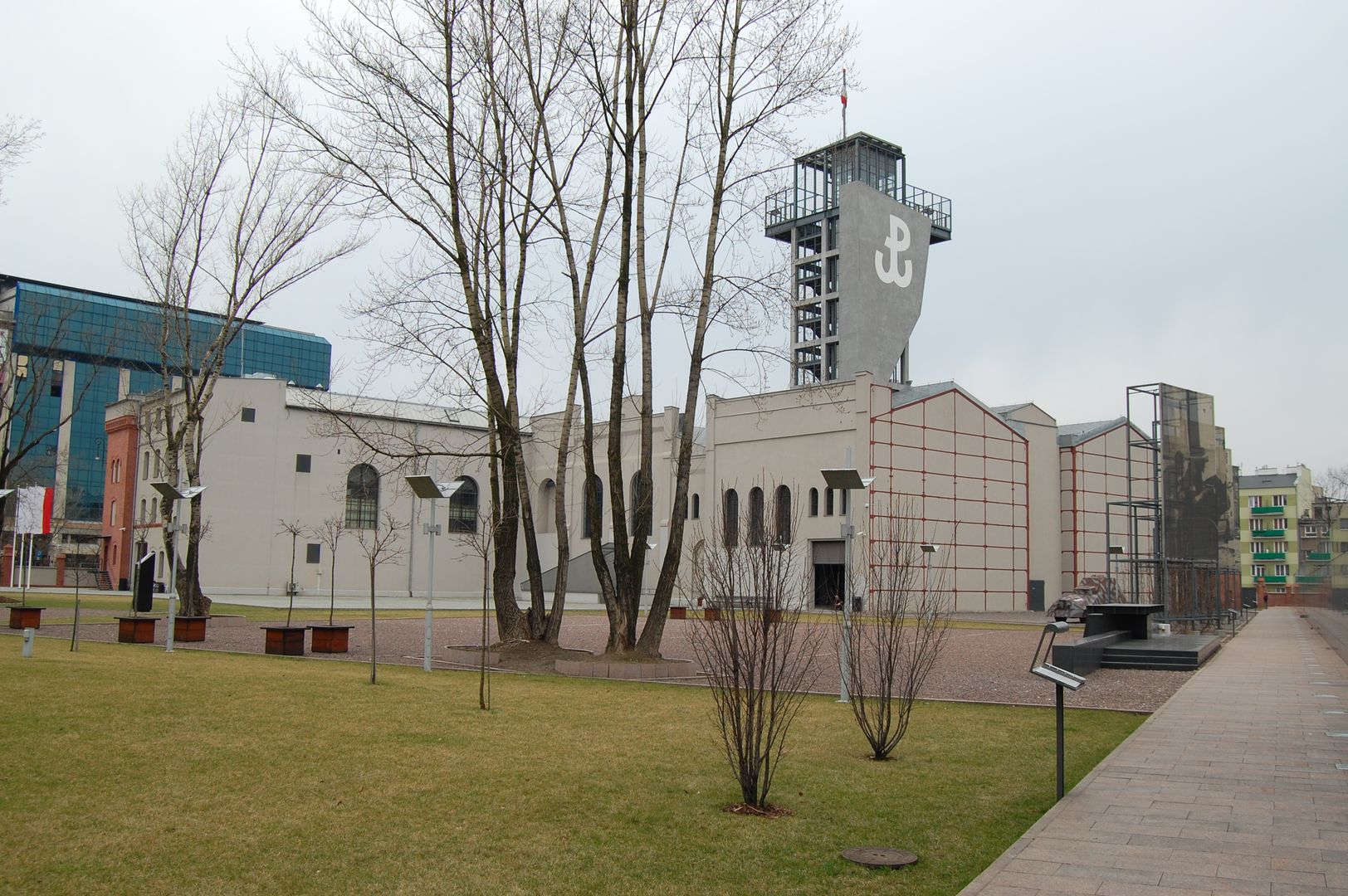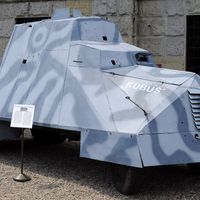Warsaw Uprising Museum
8.29

Overview
The Warsaw Uprising Museum, located in the former Municipal Tram Power Plant at 79 Grzybowska Street, was opened on July 31, 2004, on the eve of the 60th anniversary of the outbreak of the Warsaw Uprising. The discussion about its establishment began in 1956, but it was not realized until the years 2000–2004. The museum attracts attention with its modern architectural design, which harmoniously blends history with modernity. The institution documents events related to the Uprising, describing the daily life of Warsaw residents during World War II and issues related to the Polish Underground State. The exhibition, spread across three floors, consists of approximately 30,000 exhibits, including weapons, documents, personal items, and multimedia materials that interactively engage visitors. A significant element is the Hall under the Liberator, which deals with Allied airdrops of weapons for the insurgents and is dedicated to the unique B-24 Liberator aircraft. The museum also conducts numerous educational and research activities, including the Oral History Archive project, which collects accounts from participants of the Uprising, as well as insurgent biographies that allow for the co-creation of knowledge about the insurgents. The Freedom Park surrounding the museum features the Wall of Memory with the names of fallen soldiers of the Home Army and various monuments commemorating different groups, including lawyers and medics from the time of the Uprising. The museum is highly regarded, having received numerous awards and distinctions for its cultural and educational initiatives. Its unique approach to presenting history uses modern audiovisual techniques, attracting younger generations and encouraging them to explore Warsaw's past. It is also worth mentioning the volunteer program, which involves around 500 people, including Uprising veterans themselves. The museum not only commemorates but also brings history to life, connecting generations in the pursuit of understanding the events of years past.
Location
Tickets
Powered by GetYourGuide
You can also find here:
2025 Wizytor | All Rights Reserved
